Newfoundland and Labrador's Climate Plan
Newfoundland and Labrador are taking significant steps toward addressing climate change, with a focus on renewable energy projects, energy efficiency, and emissions reductions from industry. The province’s 2030 and 2050 climate goals are ambitious, aiming to meet federal targets for greenhouse gas (GHG) emissions reductions while ensuring economic growth and energy security. The centerpiece of the province’s renewable energy transition is the Muskrat Falls hydroelectric project, but Newfoundland and Labrador are also advancing other initiatives to enhance sustainability across various sectors. Here’s an in-depth look at the province’s key initiatives, accomplishments, and community participation in the fight against climate change.
Key Initiatives under the Newfoundland & Labrador's Plan
1. Muskrat Falls Hydroelectric Project
One of Newfoundland and Labrador’s most significant renewable energy projects is the Muskrat Falls hydroelectric project. Located on the lower Churchill River in Labrador, Muskrat Falls has the capacity to generate up to 824 megawatts (MW) of clean electricity, enough to power hundreds of thousands of homes. The project plays a critical role in the province’s strategy to reduce its reliance on fossil fuels, cut GHG emissions, and export clean energy to other regions of Canada, including the neighboring Atlantic provinces.
Key Features:
Hydropower Capacity: With a capacity of 824 MW, the Muskrat Falls project is a major contributor to the province’s clean energy supply, supporting both domestic energy needs and exports to Nova Scotia through the Maritime Link.
Reducing Reliance on Fossil Fuels: By replacing oil- and coal-fired power plants with renewable hydroelectricity, the project is set to reduce GHG emissions significantly, contributing to Newfoundland and Labrador’s climate goals.
Economic Growth: The project has created thousands of jobs during construction and is expected to continue contributing to the local economy through ongoing operations and clean energy exports.
Accomplishments:
As of its commissioning in 2021, the Muskrat Falls hydroelectric project has begun supplying clean energy to the province and neighboring regions. This project is central to Newfoundland and Labrador’s 80% renewable energy target by 2030 and is expected to drastically reduce GHG emissions in the energy sector.
Community Participation:
Communities in Newfoundland and Labrador, especially in Labrador, have been actively involved in the Muskrat Falls project, from construction jobs to local partnerships. The province has also worked with Indigenous communities to address concerns and ensure that local benefits from the project are shared.
2. Climate Change Action Plan
Newfoundland and Labrador’s Climate Change Action Plan outlines the province’s roadmap for reducing emissions and adapting to the impacts of climate change. The plan focuses on achieving GHG reductions through energy efficiency, industrial emissions reductions, and increased use of renewable energy. The province has set targets to reduce GHG emissions by 30% below 2005 levels by 2030 and reach net-zero emissions by 2050.
Key Objectives:
GHG Emissions Reduction: Newfoundland and Labrador’s 2030 goal is aligned with Canada’s national emissions reduction targets, with a long-term goal of achieving net-zero by 2050.
Adaptation to Climate Impacts: The plan also emphasizes the need for communities, industries, and governments to adapt to the impacts of climate change, including rising sea levels, extreme weather, and changing ecosystems.
Community Participation:
The provincial government works closely with municipalities and local organizations to implement climate initiatives, providing funding for community-led projects that focus on sustainability, energy efficiency, and local adaptation strategies. Educational campaigns and resources are provided to help residents and businesses reduce their carbon footprints.
3. Energy Efficiency Initiatives
Energy efficiency is a major focus in Newfoundland and Labrador’s climate strategy. By reducing energy consumption across homes, businesses, and industries, the province aims to lower GHG emissions and reduce energy costs for residents. The provincial government, in partnership with TakeCHARGE—a collaboration between Newfoundland Power and Newfoundland and Labrador Hydro—is offering a variety of programs to support energy efficiency.
Key Energy Efficiency Programs:
Home Energy Savings Program: This program provides homeowners with rebates for energy-efficient upgrades, such as better insulation, energy-efficient windows and doors, and heat pumps. The goal is to reduce the energy consumption of residential homes, which in turn lowers GHG emissions.
Business Efficiency Programs: For businesses, the Commercial Energy Efficiency Program offers financial incentives for energy-efficient equipment upgrades, retrofits, and lighting improvements. This program helps companies reduce operational costs while contributing to the province’s GHG reduction goals.
Energy Audits: The province offers free energy audits to help homeowners and businesses identify areas where they can improve energy efficiency, providing tailored recommendations for reducing energy use.
Accomplishments:
Newfoundland and Labrador’s energy efficiency programs have successfully reduced energy demand in the province. Thousands of homes and businesses have participated in the energy savings programs, resulting in lower electricity bills and a reduction in overall GHG emissions.
Community Participation:
Residents and businesses across Newfoundland and Labrador have embraced energy efficiency programs, with high participation rates in rebate and retrofit initiatives. Community workshops and outreach campaigns have helped raise awareness about the benefits of energy efficiency, making it a key part of the province’s climate action efforts.
4. Reducing Industrial Emissions
Newfoundland and Labrador’s industrial sector, particularly its offshore oil and gas industry, is a significant contributor to GHG emissions. The province is working to reduce emissions from industry through cleaner technologies and performance-based regulations.
Key Industrial Emissions Initiatives:
Performance-Based Regulations: The provincial government has introduced regulations that require large industrial emitters to improve their emissions performance over time. This includes targets for emissions reductions and financial incentives for industries to adopt cleaner technologies.
Offshore Oil and Gas: While the offshore oil industry is a major part of the province’s economy, Newfoundland and Labrador are exploring ways to reduce emissions from this sector. The province is investing in cleaner extraction technologies and exploring the potential for carbon capture and storage (CCS) to mitigate the impact of offshore oil and gas production.
Energy Efficiency in Industry: The province also offers energy efficiency programs targeted at the industrial sector. These programs encourage industries to adopt energy-saving technologies and practices, helping to reduce energy consumption and emissions.
Accomplishments:
The performance-based regulations have encouraged industries to adopt cleaner technologies, resulting in gradual reductions in emissions from key sectors like oil and gas. Energy efficiency programs in the industrial sector have also contributed to emissions reductions and cost savings.
Community Participation:
Local industries are increasingly adopting more sustainable practices, and partnerships between government and industry stakeholders have helped drive progress in emissions reductions. The community is also involved in ensuring that industrial projects meet environmental standards, with public consultations and community input playing a key role in shaping policies.
5. Renewable Energy Expansion
In addition to the Muskrat Falls project, Newfoundland and Labrador are working to expand their renewable energy portfolio by investing in wind energy, small-scale hydroelectric projects, and biomass energy. These efforts aim to diversify the province’s clean energy sources and reduce reliance on fossil fuels.
Key Renewable Energy Projects:
Wind Energy Development: Newfoundland and Labrador are exploring new opportunities for wind energy development. Several sites across the province have been identified for their strong wind potential, and feasibility studies are underway to expand the province’s wind energy capacity.
Small-Scale Hydroelectric Projects: In addition to Muskrat Falls, the province is developing smaller hydroelectric projects to provide clean energy to rural areas and reduce dependence on diesel generators in remote communities.
Biomass Energy: The province is also looking at biomass as a renewable energy source. Biomass energy, which involves using organic materials like wood and agricultural residues, is seen as a viable option for heating public buildings and reducing emissions in rural areas.
Accomplishments:
With Muskrat Falls now operational, Newfoundland and Labrador are well on their way to meeting their goal of producing 80% of electricity from renewable sources by 2030. The province’s wind energy and small hydroelectric projects are also progressing, contributing to a diversified renewable energy portfolio.
Community Participation:
Communities across Newfoundland and Labrador are actively involved in renewable energy initiatives. In particular, rural and Indigenous communities are benefiting from small-scale renewable energy projects that reduce their reliance on imported fossil fuels. Local businesses and municipalities are also participating in renewable energy partnerships, creating economic opportunities and green jobs
The ZenithNet-Zero team includes experts who can guide you and your company in understanding your net-zero needs and achieving your sustainability goals
Questions?
If you can’t find the answer you’re looking for, feel free to write to us. Help us make this blog a rich source of environmental insights and news.




